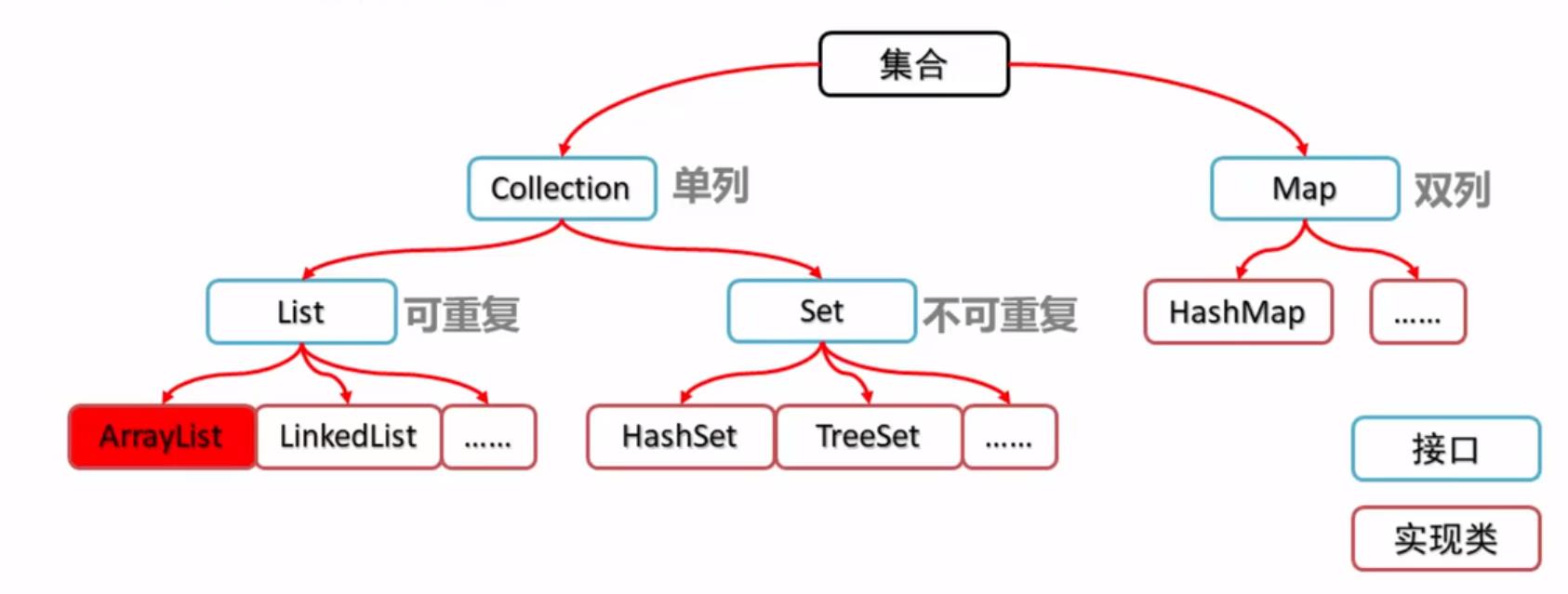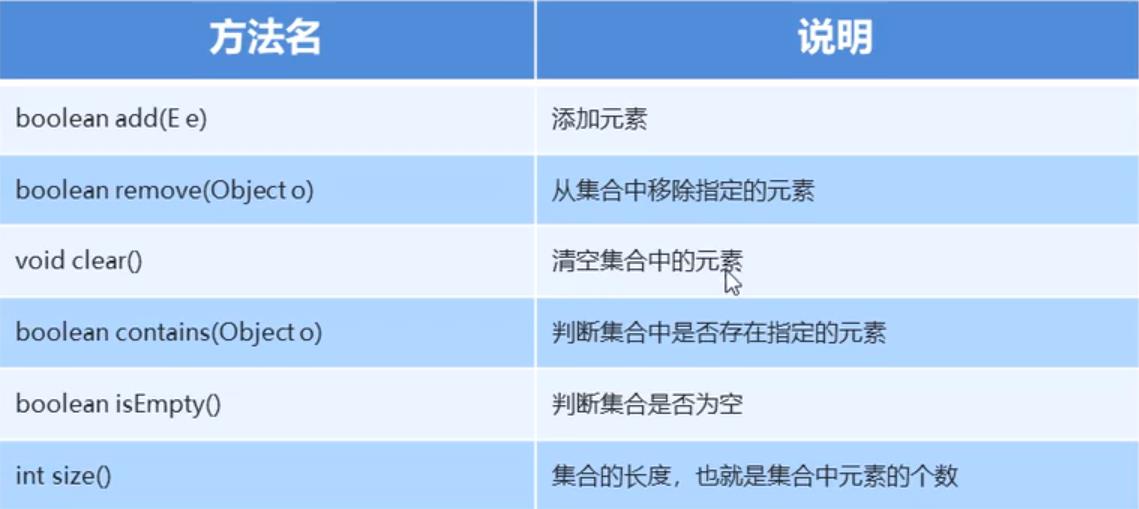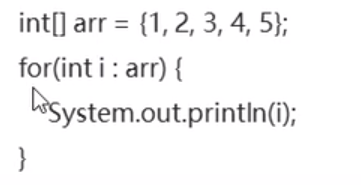一、集合的体系结构

二、Collection集合
1.基本使用
如下代码
import java.util.ArrayList; import java.util.Collection; public class myCollection { public static void main(String[] args) { //创建Collection集合的对象 //Collection本身是一个接口,无法实例化,故此通过其List子接口的ArrayList实现类来实例化(多态) Collection<String> collection = new ArrayList<String>(); //给collection添加元素 collection.add("Hello"); collection.add("World"); //输出集合对象 System.out.println(collection);//ArrayList重写了toString()方法 } }
2.常用方法

3.Collection集合的遍历
Collection的遍历要使用Iterator迭代器

迭代器的常用方法

使用,代码如下
//遍历 Iterator<String> it = collection.iterator(); while(it.hasNext()) { System.out.println(it.next()); }
三、List集合
1.特点和概述

2.特有方法

3.遍历
(1)方法一:迭代器
由于其继承自Collection,所以和Collection一样,也可使用迭代器进行遍历
(2)方法二:FOR循环遍历
因为其有索引,所以可使用for循环来进行遍历
4.并发修改异常

5.ListIterator列表迭代器

常用方法

6.增强For循环


7.List集合子类的特点

8.LinkedList集合的特有方法

四、Set集合
set集合继承自collection,因此,它的使用方法和collection完全相同
